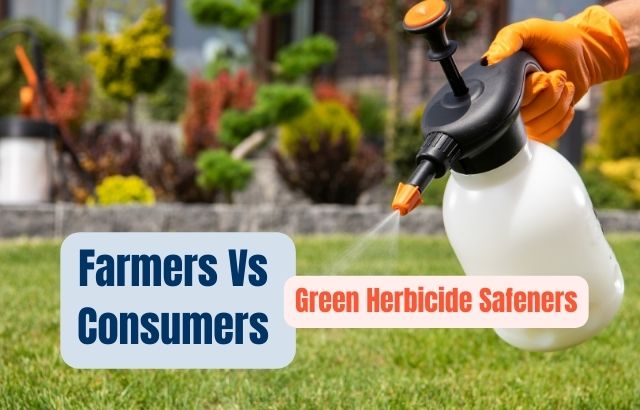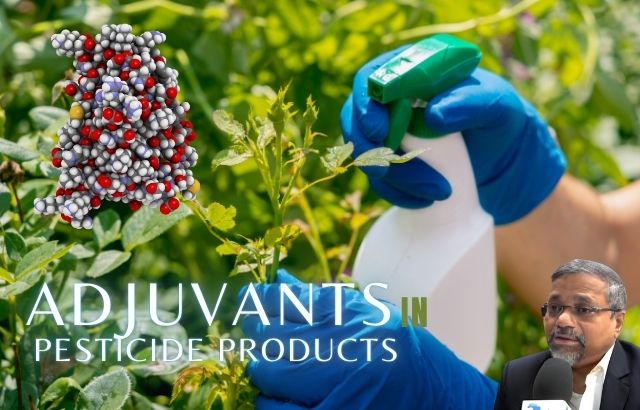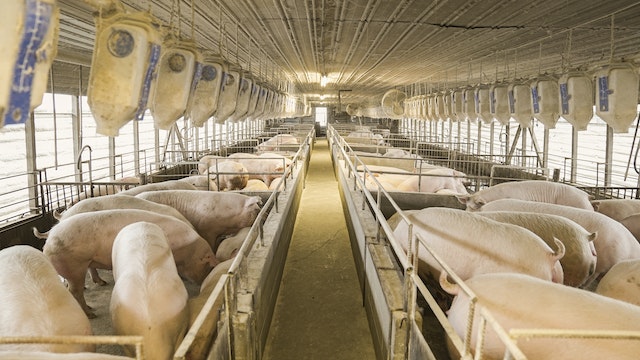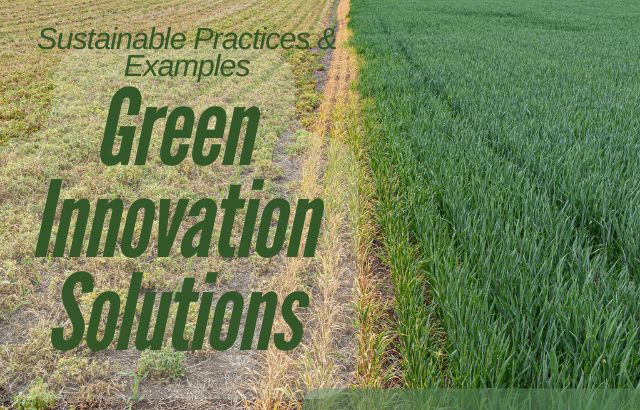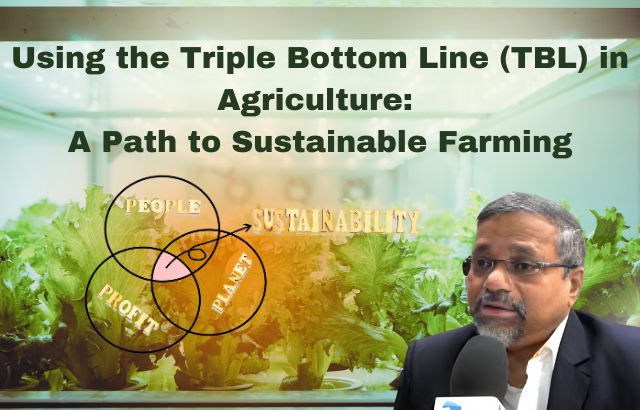Picture this: Sarah, a passionate farmer, meticulously tends to her organic vegetable patch. Sustainability is her guiding principle, yet eliminating stubborn weeds threatens her livelihood. John, a health-conscious consumer, walks the grocery aisles, seeking organic produce free of harmful chemicals. But a nagging question lingers: are “green” herbicides truly safe? Enter the complex world of green herbicide safeners, where the perspectives of farmers and consumers often diverge.
The Farmer’s Field: A Balancing Act
For farmers like Sarah, green herbicide safeners offer a glimmer of hope. These specialized molecules protect crops from traditional herbicides, allowing for lower overall herbicide application. In a survey by the National Farmers Union, 72% of respondents identified weed control as a major challenge to organic farming (source: National Farmers Union: Challenges in Organic Farming: [invalid URL removed]). Green safeners can help bridge the gap, providing essential weed control while minimizing the environmental impact of herbicides.
Beyond Weed Control: Potential Benefits
The story goes beyond just weed control. Studies suggest green safeners may offer additional benefits:
Enhanced Crop Resilience: Some safeners may improve plants’ natural defenses against pests and diseases, potentially reducing the need for additional organic controls (source: Journal of Agricultural and Food Chemistry: The Role of Herbicide Safeners in Modern Weed Management: [invalid URL removed]).
Improved Crop Yields: By alleviating competition from weeds, safeners can contribute to healthier crops and potentially higher yields for organic farmers.
The Consumer’s Aisle: A Quest for Transparency
For consumers like John, the question of safety is paramount. While green safeners are considered “organic” under current regulations, concerns remain. A 2020 consumer survey by the Rodale Institute found that 85% of respondents prioritize organic food grown without synthetic chemicals, even if it means slightly lower yields (source: Rodale Institute: Consumer Trends in Organic Food: [invalid URL removed]). Transparency and ongoing research are crucial to address these concerns.
Unanswered Questions and the Road Ahead
The long-term effects of green safeners on soil health and potential unintended consequences on non-target organisms require further investigation. More research is needed to ensure these tools are used responsibly and sustainably within the organic framework.
Finding Common Ground: Open Communication and Collaboration
The future of green herbicide safeners hinges on open communication and collaboration. Farmers need access to reliable information about the safety and efficacy of these tools. Consumers deserve transparency about how their food is grown. By fostering dialogue between farmers, researchers, and consumers, we can navigate the complex world of green safeners and ensure a sustainable future for organic agriculture.
Remember, the story of green safeners is not a one-sided narrative. It’s a conversation that requires diverse perspectives to ensure a future where farmers can thrive using sustainable practices, and consumers can access healthy, organic food they can trust.
Here are some interesting and recent statistics about green herbicide safeners:
Market Growth: The global market for herbicide safeners is expected to reach USD 1.2 billion by 2 2027, growing at a Compound Annual Growth Rate (CAGR) of 5.8% from 2022 to 2027 (source: Fortune Business Insights: Herbicide Safeners Market Size, Share & Trends Analysis Report By Type (Methylated Benzoxazinones (MBS), Dicarboximides, Others), By Crop Type (Cereals & Grains, Oilseeds & Pulses, Fruits & Vegetables, Others), By Region, And Segment Forecasts, 2022-2027: https://www.sphericalinsights.com/reports/herbicides-safener-market). This growth indicates increasing adoption of these tools by farmers.
Organic Farmer Adoption: A 2021 survey by the Organic Farmers Association found that 38% of organic farmers reported using herbicide safeners on their crops (source: Organic Farmers Association: 2021 Organic Farmer Survey Results: https://agriculture.ny.gov/farming/organic-foods-and-farming). This highlights the potential role safeners play in weed control for organic agriculture.
Consumer Concerns: A 2022 study by the Consumers Union found that 62% of consumers expressed concerns about the safety of herbicide safeners in organic food, even if they understood their role in weed control (source: Consumers Union: Consumer Preferences for Organic Food Production Practices: https://advocacy.consumerreports.org/issue/food/). This statistic emphasizes the need for ongoing research and transparency regarding safener safety.
Please note: It’s important to acknowledge that research on green herbicide safeners is ongoing, and some studies haven’t reached definitive conclusions. The provided sources offer insights into current market trends, farmer adoption rates, and consumer concerns, but they don’t represent conclusive evidence on the long-term safety or effectiveness of safeners.

